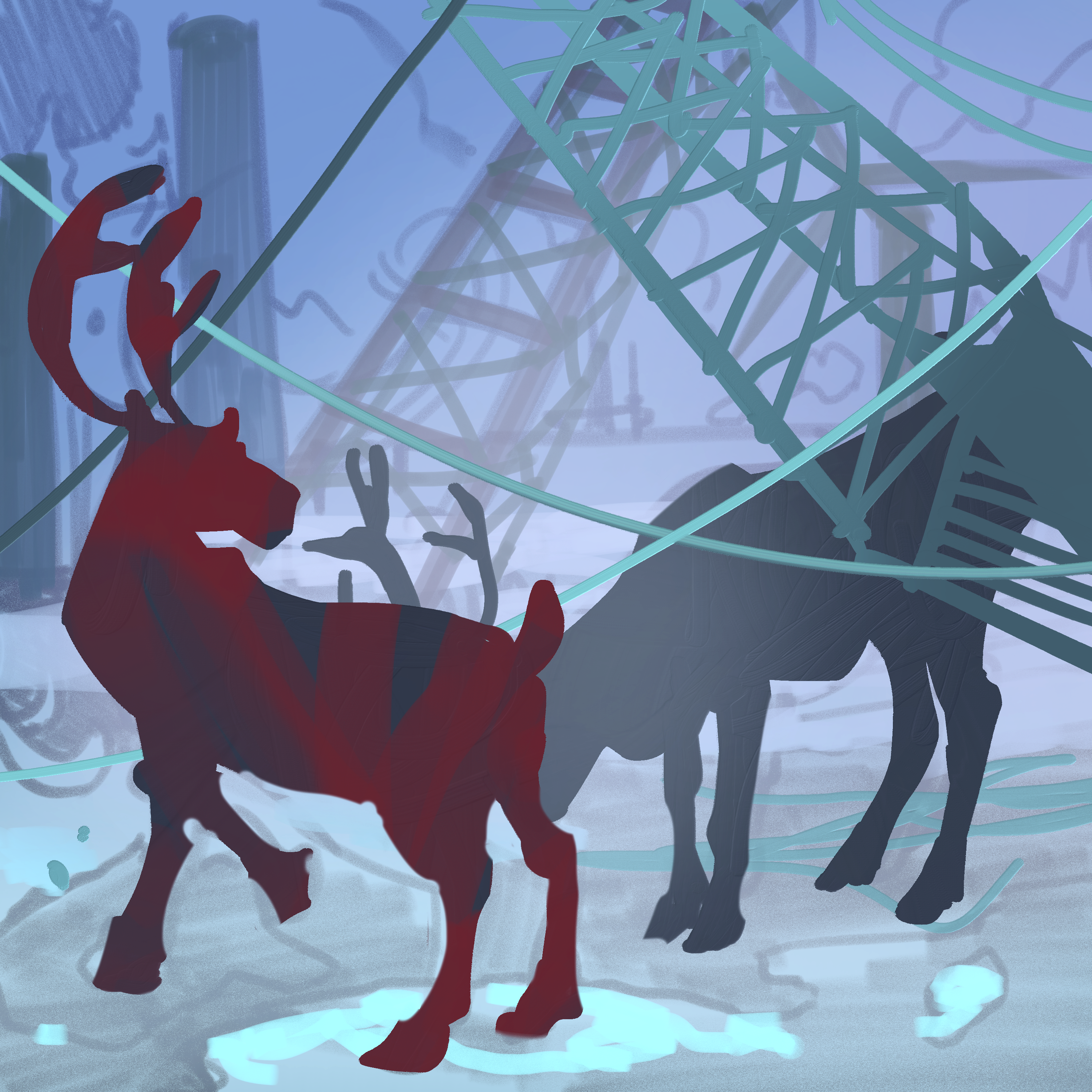In 2019, Norway sent pop band Keiino to the Eurovision Song Contest. The group performed their arctic-inspired banger “Spirit in the Sky” in front of 182 million viewers and won the public vote. The crowning jewel of the song, and the principal reason for its popularity, was the joik, a traditional form of song among Scandinavia’s Sámi people.
The Sámi, one of Europe’s few Indigenous peoples, are native to a broad arctic mountainous region that straddles modern Nordic political borders. Historically, they spoke Uralic languages, were largely semi-nomadic, and lived separately from the Norse and Finnish peoples further south. However, during the mid-19th century, as nationalism swept across Europe, Nordic countries—particularly Norway—suppressed the distinct Sámi identity, which they saw as backward; the Norwegian government argued that the remaining tribe members were “so degenerated that there is little hope of any change for the better for them.” Despite modern Scandinavia’s progressive political status, this state-sponsored discrimination has only changed forms, remaining indelibly attached to government policy. Amid outward state appreciation of Sámi culture, analysis of actual political institutions demonstrates that the Nordic progressive model rhetorically celebrates indigeneity while simultaneously oppressing it.
1851 marked the beginning of a centuries-long state policy of fornorsking, or Norwegianization, that sought to supplant Sámi language and tradition with Norwegian culture. This long saga of forced assimilation targeted children in particular, as teachers were given financial incentives to suppress the use of the Sámi language in schools. Forced assimilation during the rise of nationalism was commonplace across the world, but Indigenous peoples’ rights groups characterize fornorsking as globally unique due to its “determined, continuous and long-lasting conduct,” which ultimately extended into the 1970s. As a result of these policies, many Sámi languages are critically endangered, and at least a fourth of traditional reindeer herding grounds have been lost to land development.
During the late 20th century, as fornorsking fell out of public favor, the Norwegian government was forced to confront the question of how to remedy a century of state-sponsored injustice. One core solution was to provide federal funding for the promotion of Sámi art and language.
The Sámi Grand Prix (SGP), born in 1990, is one of the most visible fruits of Norway’s new cultural policy. The SGP is comprised of two contests, a song contest and a joik contest. The competition is a joint effort between Swedish and Norwegian national broadcasters, but it has also featured musicians from Finland and Russia. The existence of the SGP means that the once-suppressed joik can be heard on radio stations, creating a broader national awareness of Nordic cultural diversity.
While the SPG is a valuable tool for Sámi cultural visibility, its existence feels sanctimonious when paired with an economic agenda and political system that still systematically marginalizes Indigenous heritage. During the late 1980s, Sámi Parliaments were created in Norway and Sweden to serve as elected bodies that oversaw issues relevant to the Sámi. However, in each country, the decisions of these parliaments have been overturned when they differ from those of the federal government. Despite its name, the Sámi Parliament in Sweden does not hold any real legislative authority since it is a government agency under the Ministry of Enterprise and Innovation. In 2022, when the parliament argued with the support of the United Nations that the establishment of an iron ore mine in Kallak would cause pollution to the surrounding area traditionally used for reindeer herding, the Swedish government greenlit the project.
Similarly, in Norway, the Sámi Parliament need only be consulted, not listened to. Despite the Sámi Parliament’s insistence that the construction of a wind farm would unjustly occupy traditional Sámi reindeer herding grounds, the windmills were built anyway. About 60 percent of Norwegian hydroelectric power is generated in Sápmi, the traditional land of the Sámi, and the government frequently invokes the need for further investment in green energy as a justification for the occupation of specific sites of importance. Thus, Nordic countries use green energy’s espoused progressive virtue to outweigh their responsibility to protect Indigenous tradition. The Norwegian Supreme Court was not convinced by this argument regarding the windmills and ruled in favor of the Sámi. When the dispute finally ended, the turbines stayed standing, and the Sámi received a $473,000 grant earmarked for the “strengthening of Sámi culture.” This allocation shows that countries like Norway and Sweden are only willing to protect Sámi heritage when it actively curates an image of a modern, open Nordic society.
As federal broadcasting money builds highly visible stages for the uninhibited expression of previously-quelled cultural art, one would be inclined to believe that Sweden and Norway’s relationship with the Sámi has fundamentally changed. However, in actual political practice, mechanisms intended for Sámi representation have been rendered powerless. Instead, Scandinavia’s relationship with indigeneity has turned from overtly oppressive to covertly exploitative. Until the Sámi are afforded meaningful control over their homeland, the artistic promotion of Indigenous cultural diversity will only be insulting.
